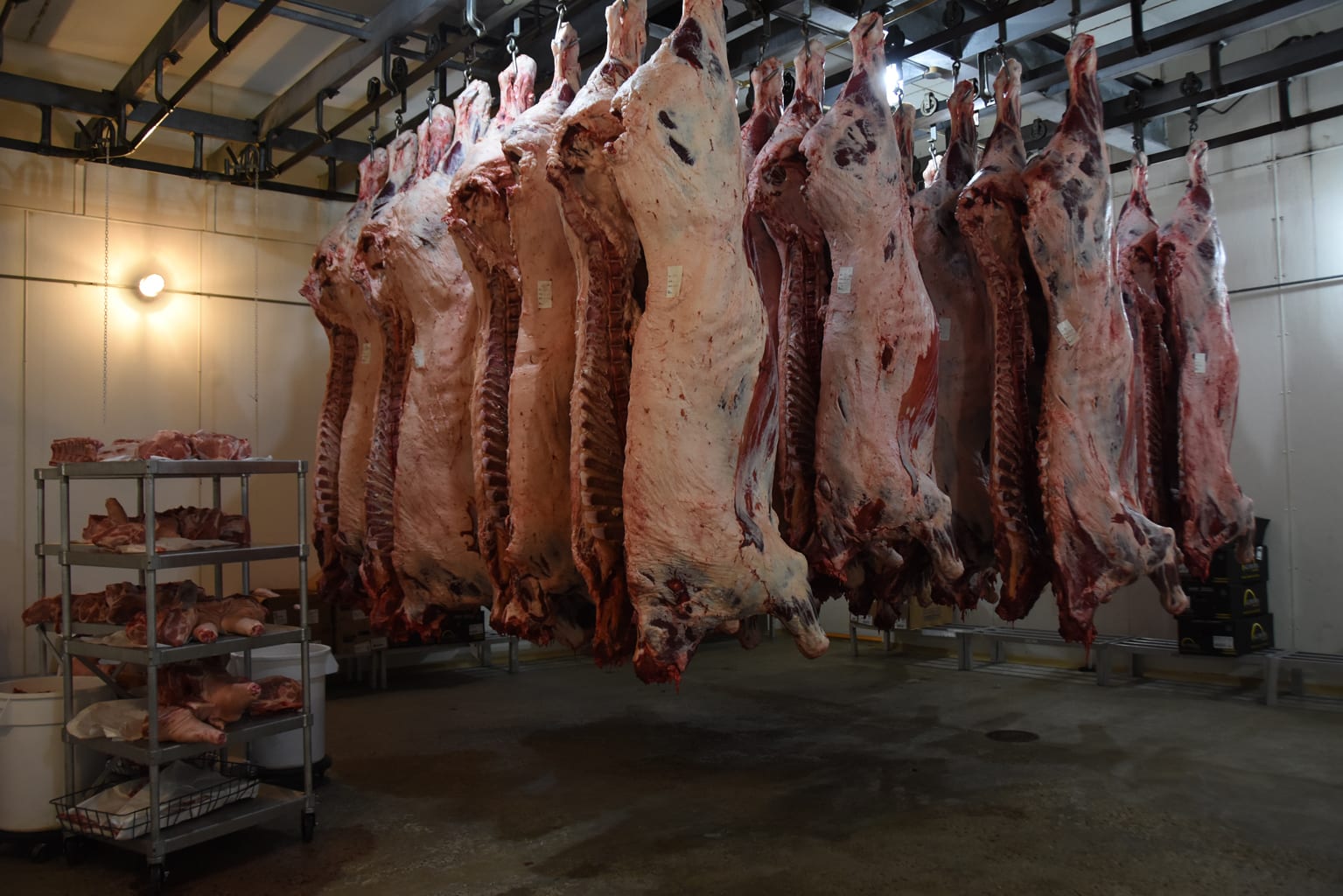Shop fresh meats and specialty items at Bagley Meat Market Edwardsville IL.
Shop fresh meats and specialty items at Bagley Meat Market Edwardsville IL.
Blog Article
Just How to Select the Perfect Cut of Meat From a Trusted Meat Market
Picking the excellent cut of meat from a trusted meat market calls for a thoughtful method that stabilizes high quality, cooking purpose, and spending plan. Comprehending the numerous sorts of meat and their corresponding cuts is vital, as is involving with your butcher to acquire understandings into sourcing and preparation. Observing features such as color, appearance, and marbling can further assist your decision. As you think about these variables, it becomes clear that the nuances of your selection could significantly influence the end result of your meal, motivating a deeper exploration of the standards that really issue.
Comprehending Meat Cuts


As an example, the tenderloin is valued for its buttery texture and marginal connective tissue, making it ideal for quick food preparation methods such as cooking or pan-searing. In contrast, harder cuts like the brisket or shank take advantage of sluggish food preparation methods to damage down collagen, yielding abundant and flavorful outcomes.
Additionally, the fat material of a cut plays a crucial duty in flavor account and moisture retention during food preparation. Cuts with higher fat material, such as ribeye, offer an even more durable flavor, while leaner alternatives, like sirloin, may need careful preparation to stay clear of dryness (bagley meat market edwardsville il). Comprehending these nuances permits notified selections that elevate cooking creations, making certain that each dish showcases the very best qualities of the selected meat
Aspects to Consider
When choosing the excellent cut of meat, a number of essential elements enter into play that can considerably affect the last dish. Think about the kind of meat you want-- beef, pork, lamb, or fowl-- as each deals unique flavors and textures. The particular cut within that classification is similarly crucial; as an example, ribeye provides abundant marbling, while tenderloin supplies a lean, buttery texture.
Another factor is the cooking method you plan to use. Cuts suitable for grilling, such as T-bones or sirloins, vary from those far better matched for slow-moving food preparation, like chuck roasts or shanks. In addition, quality is vital; always choose meat with a dynamic color and company appearance, signifying high quality and appropriate handling.
Costs cuts may supply outstanding taste, yet there are likewise cost-effective alternatives that, when prepared correctly, can produce delicious outcomes. Balancing these variables will aid you choose the excellent cut for your culinary demands.
Questions to Ask Your Butcher
A butcher's know-how can be important when picking the ideal cut of meat for your cooking undertakings. Start by making inquiries about the source of the meat.
Next, ask concerning the different cuts offered for the type of meat you choose. An experienced butcher will clarify the nuances of each cut, assisting you pick one that matches your food preparation approach and desired outcome. Don't think twice to make inquiries concerning the very review best cooking techniques for a certain cut; butchers usually have pointers that can enhance your dish.
It's also prudent to inquire about the meat's freshness. Ask about the shipment routine and exactly how commonly the meat is replenished. This will certainly offer you confidence in the high quality of what you are buying. Finally, request suggestions based on your personal taste preferences. A great butcher will be eager to share their know-how and suggest cuts that will delight your taste. Involving your butcher with these concerns can substantially enhance your meat selection experience.
Acknowledging Quality Meat

Structure is one more essential factor; quality meat should feel firm and slightly springy to the touch. Avoid any cuts that feel slimy or excessively dry, as these can indicate putridity or incorrect storage. Furthermore, odor plays a crucial function; fresh meat must have a tidy, neutral aroma, while any off-putting or sour smells are red flags.
Lastly, consider the resource. Purchasing from a respectable meat market, where the meat's beginning is understood, can guarantee higher top quality criteria. By concentrating on these indications-- shade, marbling, structure, smell, and resource-- you can with confidence choose cuts that will boost your food preparation and dining experience.
Cooking Approaches for each and every Cut
Choosing the best food preparation approach is vital for making the most of the taste and inflammation of each cut of meat. Different cuts have distinct characteristics that determine the most suitable food preparation techniques.
For tender cuts, such as filet mignon or ribeye, completely dry warmth methods like barbecuing, broiling, or pan-searing are ideal. These methods boost the all-natural flavors while guaranteeing a juicy, delicious texture. On the other hand, harder cuts, such as chuck or brisket, gain from damp heat approaches, including braising or slow cooking. These strategies help break down connective tissues, leading to a tender, flavorful meal.
Pork chops and poultry busts are versatile and can be cooked utilizing both dry and moist techniques. While grilling or roasting can generate tasty results, useful link poaching or sautéing can preserve moisture and tenderness. For lamb, approaches like roasting or braising are suggested, as they complement the meat's durable flavor.

Conclusion
Finally, choosing the ideal cut of click now meat from a credible meat market necessitates a thorough understanding of meat cuts and consideration of numerous factors, consisting of source, top quality, and cooking approaches. Engaging with the butcher with targeted questions can yield useful insights and suggestions customized to details cooking requirements. Focusing on both quality and budget plan will certainly boost the overall gastronomic experience, making sure that the picked cut meets expectations in both taste and prep work.
Report this page